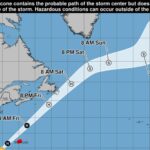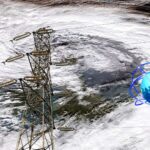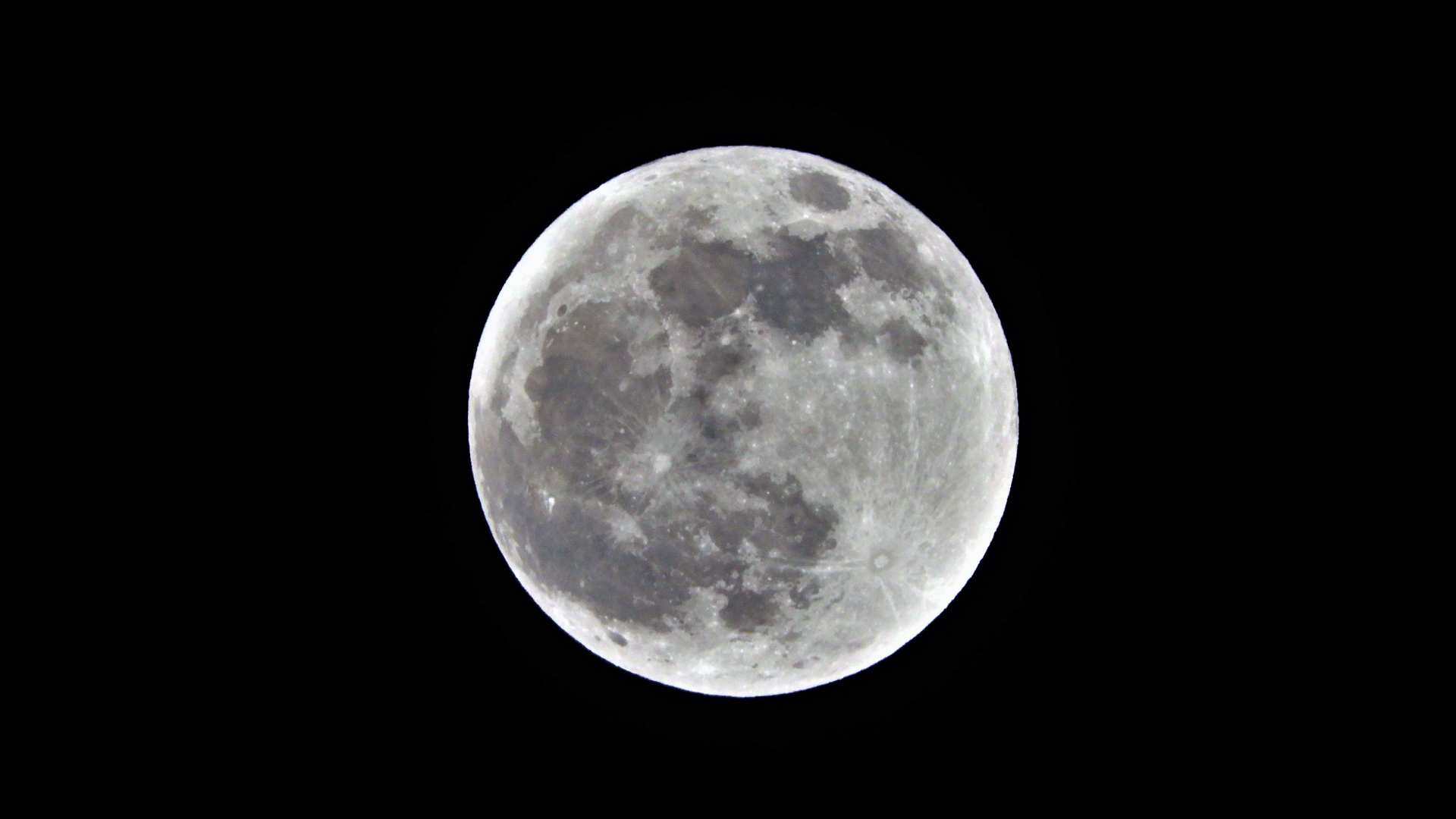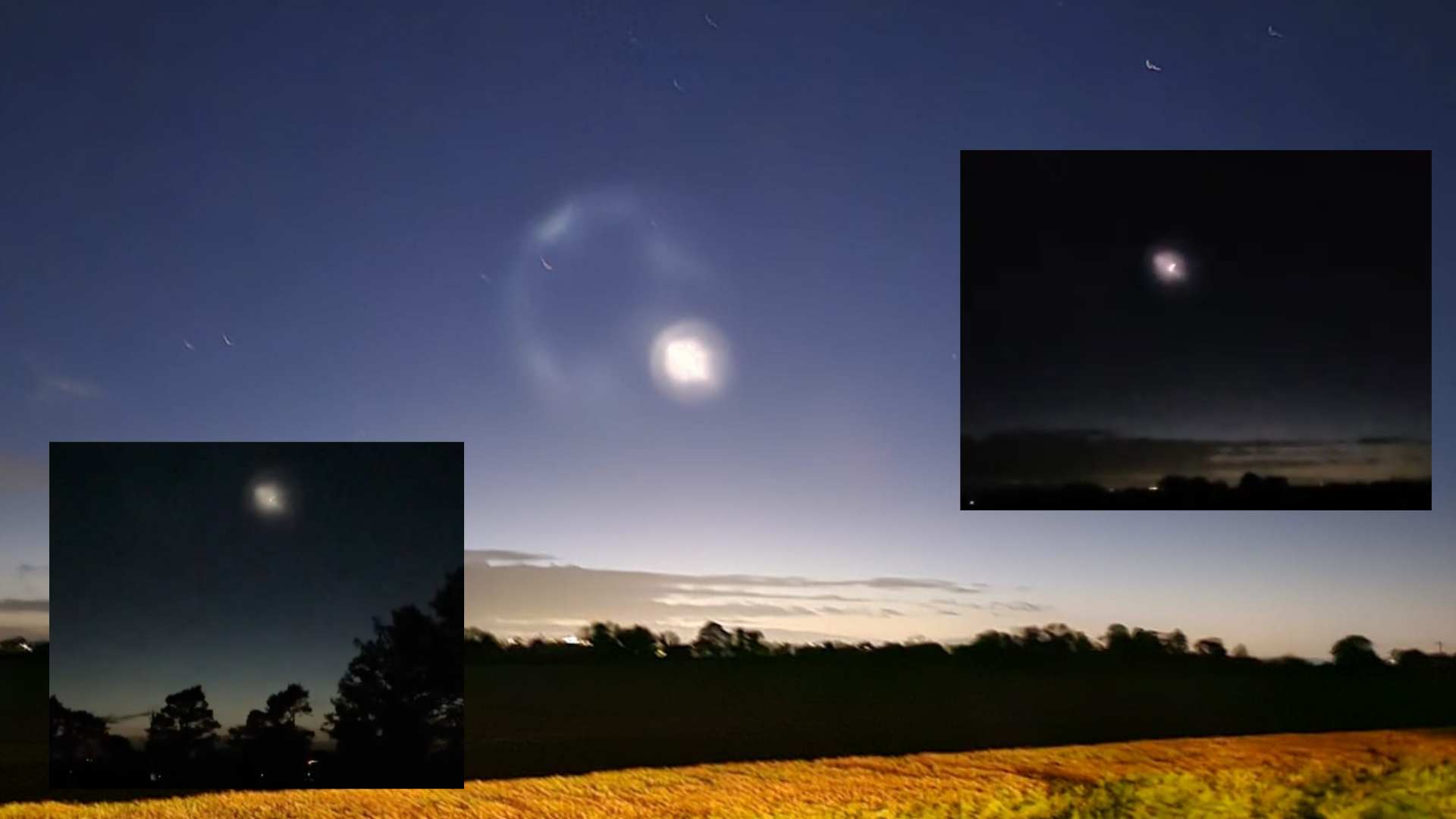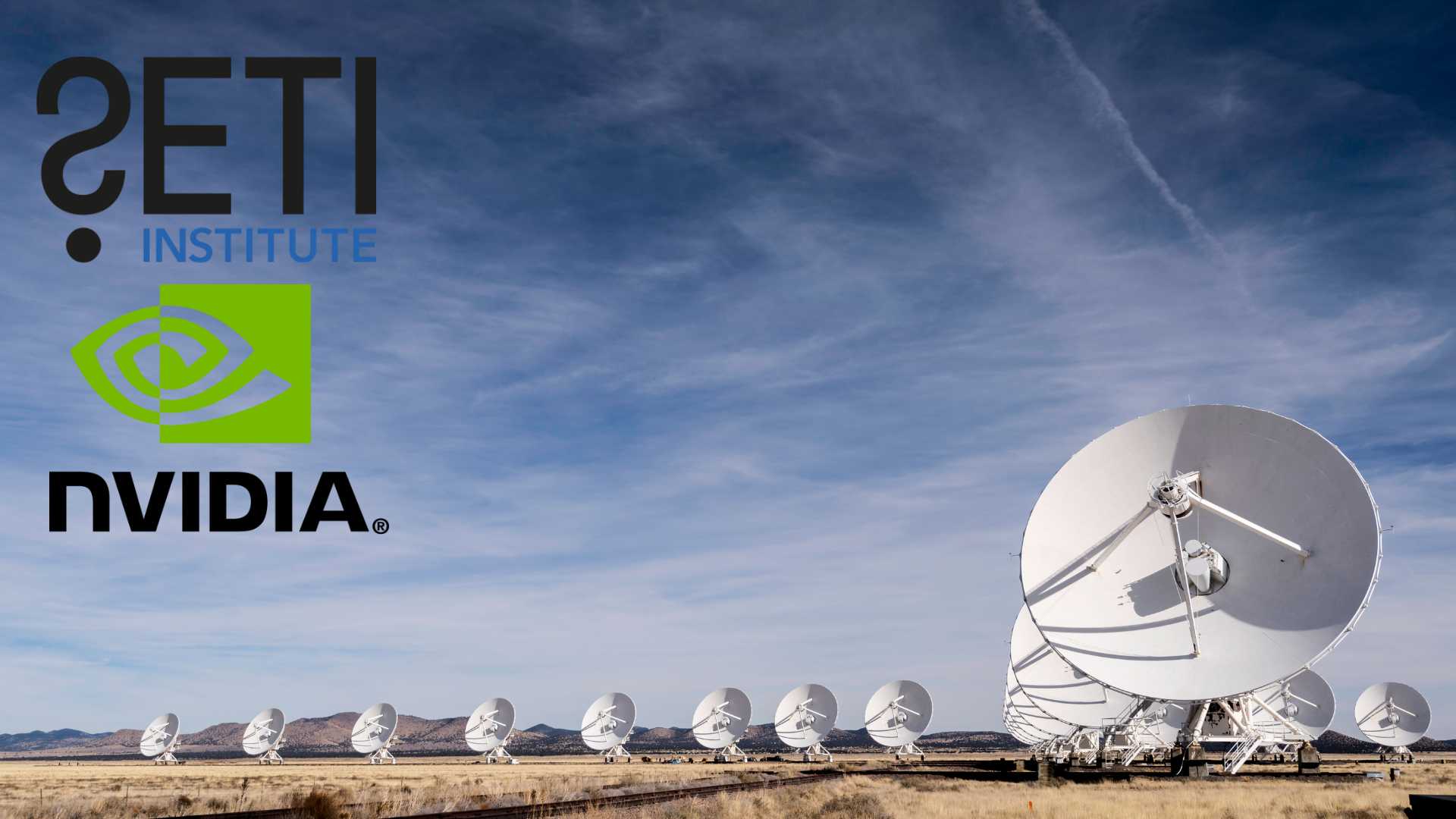
Brightest radio flash ever recorded detected near Earth
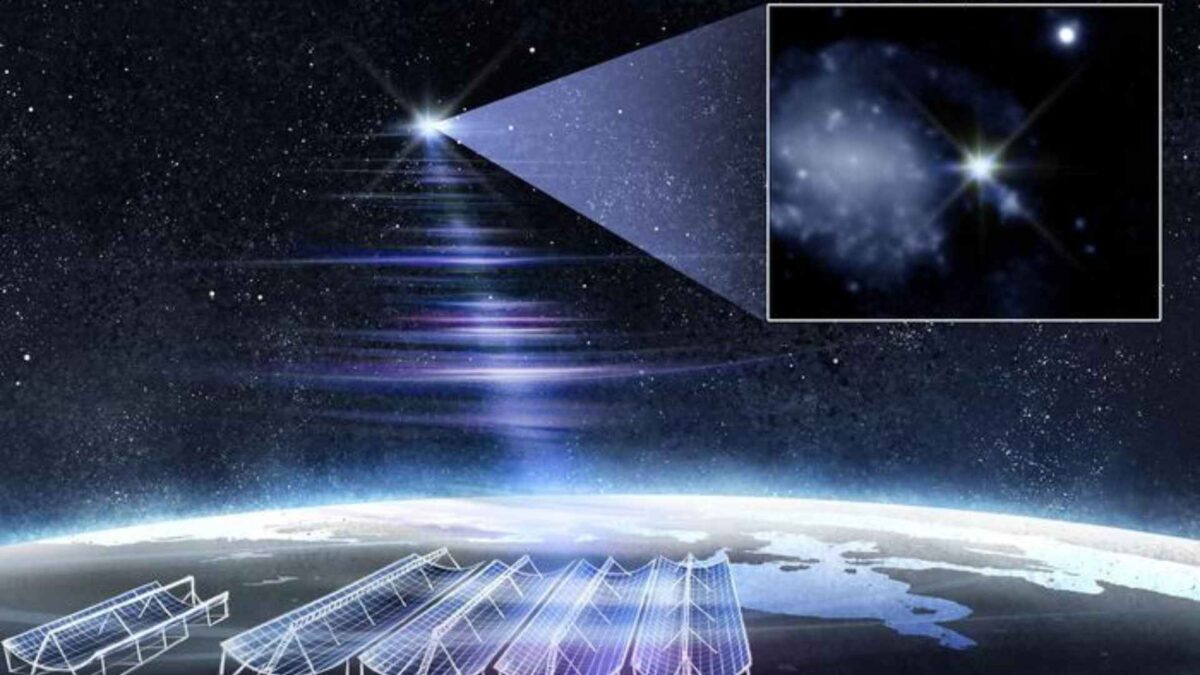
Astronomers have detected the brightest and one of the closest fast radio bursts (FRBs) ever observed, offering scientists their best opportunity yet to understand one of the most mysterious phenomena in the universe.
The discovery, reported in the journal Astrophysical Journal Letters, was made by an international team using the Canadian Hydrogen Intensity Mapping Experiment (CHIME) and its new network of auxiliary telescopes known as the CHIME Outriggers.
The burst, nicknamed “RBFLOAT” for “radio brightest flash of all time,” originated in the galaxy NGC4141 in the constellation Ursa Major, around 130 million light years from Earth. In cosmic terms, this is considered the neighbourhood.
“Cosmically speaking, this fast radio burst is just in our backyard,” said Kiyoshi Masui, associate professor of physics at MIT and a member of the discovery team. “This means we get the chance to study a pretty normal FRB in exquisite detail.”
Fast radio bursts are sudden flashes of radio emission that last only milliseconds but can temporarily outshine every other radio source in their galaxy. Since their discovery in 2007, more than 4,000 FRBs have been detected, though their origins remain uncertain. Leading theories point to magnetars, highly magnetised neutron stars that emit powerful flares.
The breakthrough was made possible by the addition of the CHIME Outriggers, three smaller telescopes spread across North America that act as a continent-sized observatory. They allowed astronomers to not only detect the burst but to pinpoint its exact location within its host galaxy.
The signal was traced to the outer edge of a star-forming region. This has raised the possibility that the source may be a slightly older magnetar, rather than one in the dense heart of star creation.
“Precise localisation is letting us dive into the details of how old an FRB source could be,” Prof Masui said. “This one, being on the edge, may have had a little more time to bake.”
The burst appears to be a one-off, as no repeat signals have been detected in the same region during six years of CHIME observations. Most FRBs are singular events, though a minority are known to repeat, with some flashing in regular patterns.
Scientists say the unprecedented brightness and proximity of RBFLOAT will provide crucial insight into whether repeating and non-repeating FRBs share the same origins.
“We are on track to localise hundreds of FRBs every year,” said MIT researcher Shion Andrew. “The hope is that a larger sample tied to their host environments can reveal the true diversity of these populations.”
The CHIME project is funded by the Canada Foundation for Innovation and provincial governments in Quebec, Ontario and British Columbia, with additional support for the Outriggers from the Gordon and Betty Moore Foundation and the US National Science Foundation.
Share this WeathÉire story:



